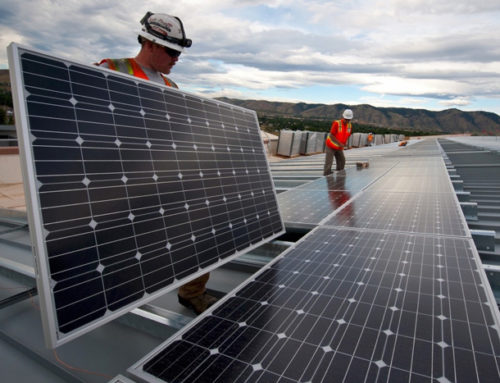What’s the world doing with renewable energy at this time and why is it significant? Various countries are at different stages in the development of their renewable energy portfolios. Based on what metric is used to look at how different countries are prioritizing switching to renewable energy, some nations could look better than others. By way of example, an individual could examine how much energy is being generated or one could look at how much renewable energy is being generated in relation to how much total energy it requires.
The renewable energy sector is one which is continually evolving with news reports coming from all around the world on several successes and implementations of new projects. Changes are so fluid that perceptions of the true status of renewable energy may lag behind what is real reality. 2010 was a terrific year for renewable energy despite the 2009 global recession. Renewable energy continues to make progress with strong growth in most sectors of use. According to REN21, renewable energy accounted for approximately half of the new power capacity (est. 194 GW) added globally during 2010.
Moreover, renewable energy accounted for almost 25 percent of total global power in early 2011 from all power sources. A successful crusade to transition the entire world from traditional energy sources to renewable energy resources is paramount to mitigate impending environmental issues and disasters from health and climate change.
In the first part of 2011, around 118 countries enacted some kind of policy to encourage renewable energy on a national level. This amount consists of 2005 and reveals a substantial interest and acknowledgment that renewable energy is necessary. An increasing number of countries (even growing ones) are making the change. In the 1990′s just a handful of countries were using commercial wind power, but in 2010 about 83 countries began generated power from the wind. What is interesting is that the role developing nations are playing in assisting the renewable energy sector gain momentum, together; developing countries have over 50 percent of total international renewable energy capacity.
Renewable Energy by Type
Solar Power
Solar power had an exceptional year in 2010 since it was able to double its worldwide production in comparison to 2009 (a measly 7.3 GW). About 17 GW of solar power capacity was inserted globally to bring total worldwide capacity to approximately 40 GW (7 times the amount 5 years prior). Germany and Italy led the solar power market in 2010 by installing more solar panels in 2010 than the whole world installed in 2009. Utility-scale solar power plants are a new trend that’s growing more popular accounting for nearly 1/4th of solar power capacity worldwide. Solar panel costs have rapidly declining, causing a large consolidation in manufacturing facilities in addition to a change to manufacturing facilites in Asia.
Wind Power
Complete wind power in 2010 sustained levels obtained in 2009 (about 38 GW additional ) for a total of 198 GW worldwide. China has been driving the majority of the growth in the wind power industry which accounted for roughly half of the global wind industry. New trends in community based wind projects, small scale wind turbine, and overseas development are helping push the wind power market ahead.
Ocean Energy
Ocean energy is a relatively new alternative renewable energy type. At least 25 different nations are working in R&D for ocean energy or wave/tidal energy development. But at the end of 2010, just 2 MW of wave energy has been generated and 4 MW of tidal stream energy were set up. The majority of this capacity was set up in Europe. Pilot projects are in the works in several countries/states/provinces across the world as sea energy is a promising alternative energy that offers constant power unlike wind or solar.
Hydro Power
A total of 1.01 TW’s are generating renewable energy via hydro electric power. This represents about 16 percent of total renewable energy production globally. About 30 GW of power was set up during 2010 with Latin America (with Brazil dominating new growth ) and Asia (with China leading new expansion here) forcing most new hydro projects. In america, some hydro-electric dams have been decommissioned because of declining fish numbers like salmon and other species.
Geothermal
Geothermal is used for both energy and for heating systems. Geothermal energy is currently being used to unite energy production and for power simultaneously as a result of new technologies. Geothermal worldwide capacity tallied 11 GW of power in 2010. Geothermal for power generation is expected to rise significantly over the coming years due to advanced technologies which make it much easier to implement.




Leave A Comment